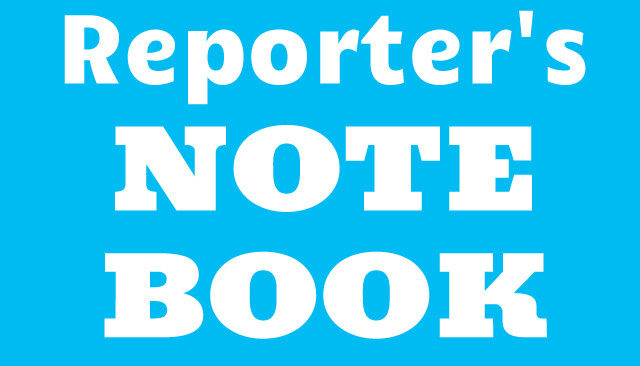By Luc Rinaldi
There was more booze on that bar’s back wall than I’ll drink in my entire life. Yet I sat on a stool, staring at 400 bottles of alcohol, as the bartender pointed out the most popular spirits, showed off several different types of glasses and compared brandies to bitters (like I knew the difference).
The subsequent feature I co-wrote for The Grid—“94 Excuses to Drink”—had to have been my most ironic story ever. After all, to my friends, I’m the one who doesn’t drink, the sober guy at parties, forever the designated driver. So I cheered, but mostly laughed, when the piece won a silver National Magazine Award. It was as if one ofCosmopolitan’s “99 mind-blowing sex positions” packages had won a Pulitzer—and the writer was a virgin.
I’ve written my share of service journalism since then. I’ve felt qualified for some of it: concert guides and open-mic-night picks made sense for me, a choirboy turned wannabe singer-songwriter. Others, not so much: it was strange recommending kid-friendly summer activities to parents as a childless 20-year-old, or taste-testing treats for a Toronto International Film Festival guide (can anyone really be an authority on popcorn?).
Service journalism, perhaps more so than any other kind, demands a writer with expertise in the relevant field, something I often felt I lacked. I didn’t want my writing relegated to a bit-part in the substance-free nonsense that saturates grocery store newsstands: the arbitrary fall fashions, the recipes no one will ever make and all those bogus ways to shed pounds. But service journalism isn’t all bad news. When done properly, it helps readers save time and money and reminds writers like me that even a sober journalist—there is such a thing!—can teach readers how to make a killer cocktail. Research is all that separates an amateur from an expert.
Ask Denise Balkissoon. Last year, the freelancer and former Toronto Life service editor won an NMA for her how-to guide to buying a condo, published in The Grid. She wasn’t always a real estate buff. “It was something I had to research because I bought a place,” she says. “I couldn’t find what I wanted to read. There wasn’t anything to teach me.” Balkissoon, who now often writes about real estate, says a good service feature can take just as much time and research as a non-service piece. “It’s not groundbreaking investigative journalism, but it’s helpful.”
That’s a good way to describe Ray Ford’s May 2012 Cottage Life story, “Eek! A mouse!” The award-winning guide may not be hard-hitting reportage, but it helps readers keep the mice away. It’s also an enjoyable read. “I don’t really think of myself as a service writer,” says Ford, who approaches service like any piece of narrative journalism. “I look for anecdotes, characters, sometimes even dialogue.” Despite writing service pieces for Cottage Life, he’s not a cottage owner. He compensates by doing more interviews and by fact-checking himself. When I tell him about my anxieties writing service stories on topics I hardly understand, he laughs and says, “You can’t win. Even if you think you’re an expert and have legitimate credentials, someone else is going to disagree with you.”
Maybe I can’t win, and maybe that’s a good thing. The uneasiness I feel writing service pieces is inevitable, like my anxieties about botching a fact or missing an important detail in any other story. It’s what forces me to research—to be a good journalist. And if I ever start to lose that, that’s probably a sign I should write about something else. Just as long as it’s not for Cosmo.
About the author
Luc Rinaldi was the Senior Editor for the Spring 2014 issue of Ryerson Review of Journalism.
